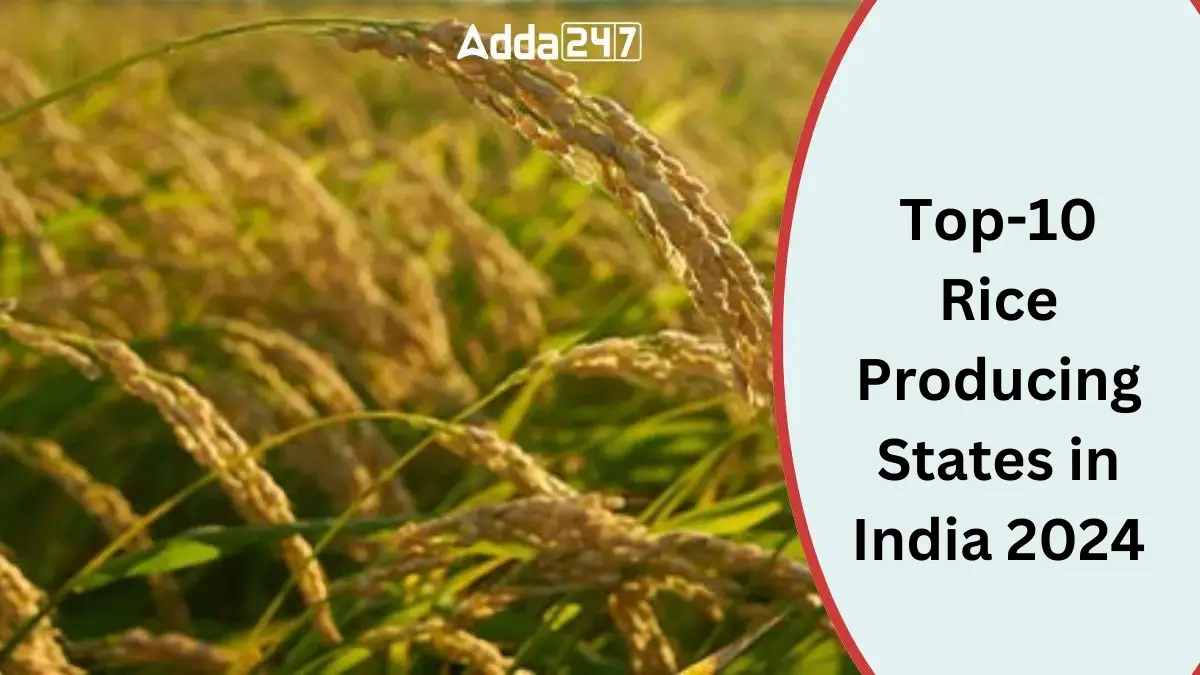Tags
Rice and its History

Rice is the staple food for more than
3 billion people who eat it everyday.
Rice is a popular cereal crop commonly used as human food. It is actually a type of grass and belongs to a family of plants that includes other cereals such as wheat and corn.
Rice is rich in nutrients and contains a number of vitamins and minerals. It is an excellent source of complex carbohydrates—the best source of energy. However, a lot of these nutrients are lost during milling and polishing, which turns brown rice into white rice by removing the outer rice husk and bran to reveal the white grain.
Two species of rice are considered important as food species for humans: Oryza sativa, grown worldwide; and Oryza glaberrima, grown in parts of West Africa. Both of these belong to a bigger group of plants genus Oryza) that includes about 20 other species.
The International Rice Genebank – the world’s largest collection of rice diversity – contains more than 112,000 different types of rice including species of wild rice, the ancestors of rice, traditional and heirloom varieties, and modern varieties.
The origins of rice have long been debated. The plant is of such antiquity that the exact time and place of its first development will perhaps never be known. It is certain, however, that domestication of rice ranks as one of the most important developments in history. Rice has fed more people over a longer period than has any other crop.
Evidence for rice production across Thailand and other parts of Asia dates back thousands of years.
Pottery shards bearing the imprint of both grains and husks of the cultivated rice species O. sativa were discovered in the 1960s at Non Nok Tha in the Korat area of Thailand. Rice plant remains from 10,000 B.C. were discovered in Spirit Cave on the Thailand-Myanmar border. In China, extensive archeological evidence points to the middle Yangtze and upper Huai rivers as the two earliest places O. sativa was cultivated in the country. Rice and related farming implements dating back at least 8,000 years were found there and rice cultivation seems to have spread down these rivers over the following 2,000 years.
From early, perhaps separate, beginnings in different parts of Asia, the process of diffusion has carried rice in all directions and today it is cultivated on every continent except Antarctica. In the early Neolithic era (10,000 to 8,000 B. C.), rice was grown in forest clearings under a system of shifting cultivation. The crop was direct seeded, without standing water—conditions only slightly different from those to which wild rice was subject. A similar but independent pattern of the incorporation of wild rice into agricultural systems may well have taken place in one or more locations in Africa at approximately the same time with O. glaberrima.
Puddling the soil—turning it to mud—and transplanting seedlings were likely refined in China. Both operations became integral parts of rice farming and remain widely practiced to this day. Puddling breaks down the internal structure of soils, making them much less subject to water loss through the drainage of water through the soil. In this respect, it can be thought of as a water-saving management practice.
The combined forces of natural and human selection; diverse climates, seasons, and soils; and varied cultural practices (dryland preparation with direct seeding and puddling of the soil with transplanting) led to the tremendous ecological range where rice is grown now especially in Asia.
Within the last 2,000 years, dispersal and cultivation of the cultivated rice varieties in new habitats have further accelerated the diversifications process. Today, thousands of rice varieties are grown in more than 100 countries.

Source: IRRI
Published Date: August 23, 2023







